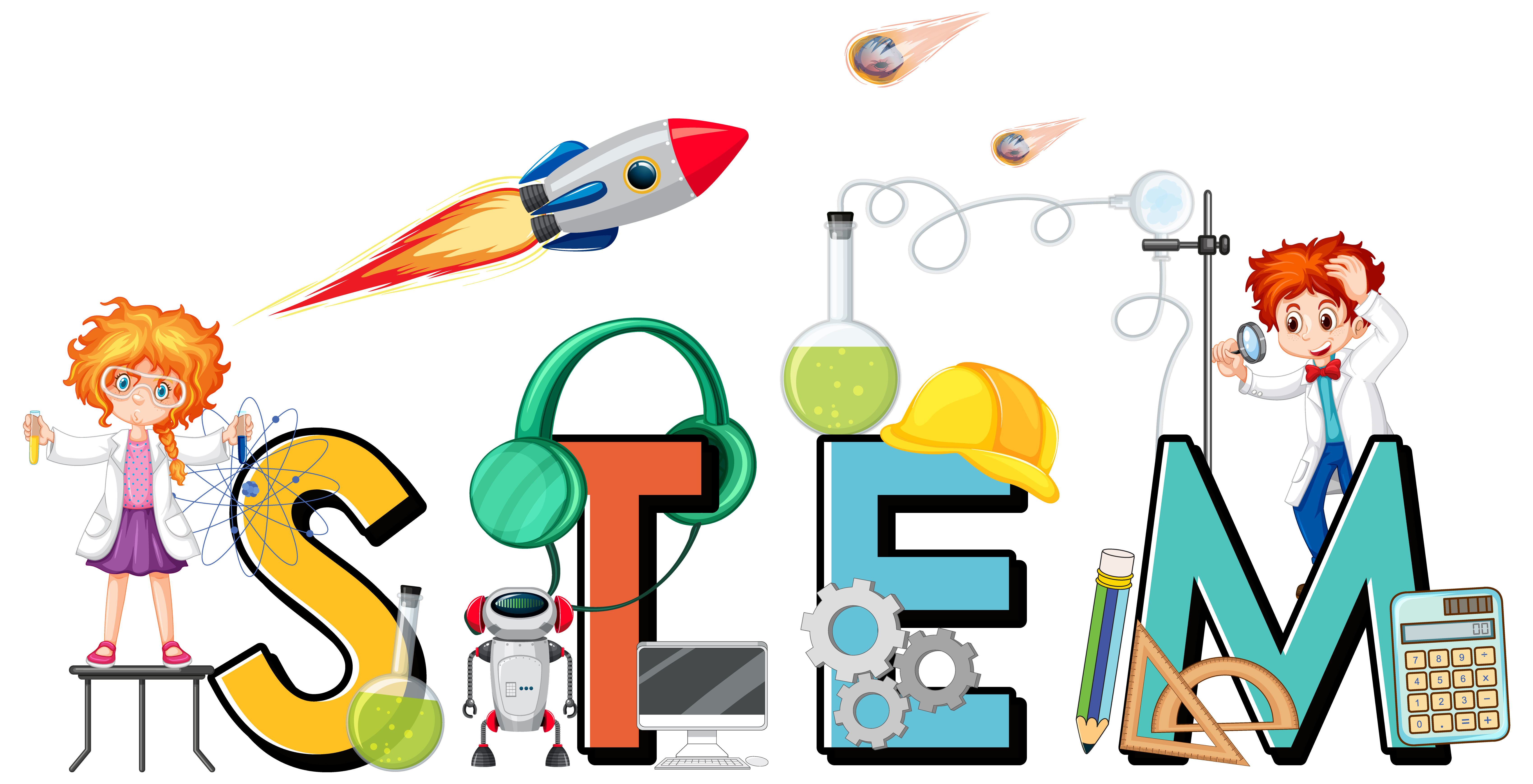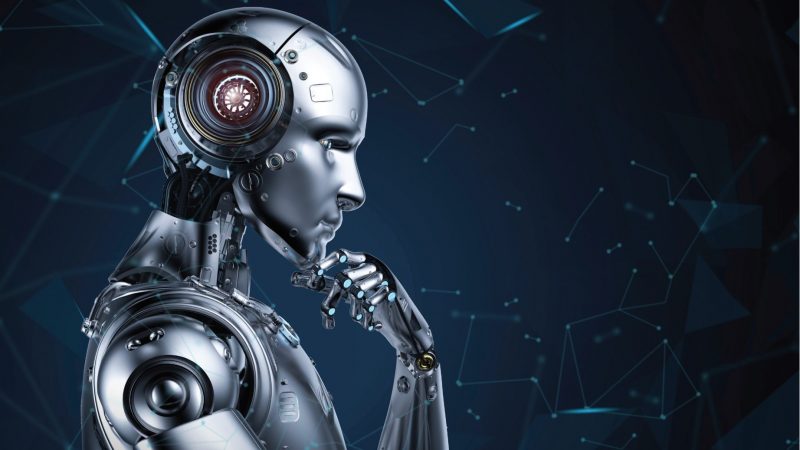With the rise of Artificial Intelligence (AI) in education, many educators worry about their role in a world where AI-driven tutors, chatbots, and virtual assistants are becoming more common. AI can personalize learning, analyze student progress, and automate administrative tasks, but does this mean teachers will become obsolete? Absolutely not! Instead of replacing teachers, AI has the potential to augment their abilities, making education more engaging, effective, and tailored to individual student needs. To stay relevant in this rapidly evolving educational landscape, educators must embrace AI as a tool rather than view it as a competitor. This blog explores how teachers can blend AI with human teaching to enhance learning and prepare for the future.
1. Understanding AI’s Role in Education
AI in education is not about replacing teachers, but rather about enhancing their impact. AI-powered tools can:
- Provide personalized learning experiences tailored to individual students.
- Automate administrative tasks, such as grading and attendance tracking.
- Offer real-time feedback to students, helping them improve their understanding.
- Identify learning gaps and recommend targeted interventions.
2. How Educators Can Stay Relevant in the Age of AI
2.1 Embracing AI as a Teaching Assistant
Instead of fearing AI, educators should leverage it as a teaching assistant. AI-powered platforms like ChatGPT, Khan Academy’s Khanmigo, and iSMART AI Teacher Robot can help teachers:
- Automate grading and assessments, freeing up time for more meaningful student interactions.
- Provide AI-driven tutoring, allowing students to receive extra help outside of class.
- Offer interactive simulations and virtual experiments to enhance STEM education.
2.2 Focusing on Emotional Intelligence & Soft Skills
AI can deliver information, but it cannot replace the emotional connection between teachers and students. Educators should focus on:
- Building strong student relationships
- Encouraging creativity, collaboration, and problem-solving
- Providing mentorship and career guidance
2.3 Teaching AI Literacy
To prepare students for the future, educators must teach AI literacy by:
- Explaining how AI works and its ethical implications.
- Encouraging critical thinking to analyze AI-generated content.
- Helping students learn coding, data science, and machine learning.
3. Conclusion
AI is not a threat to educators—it is an opportunity. By embracing AI-powered tools,
focusing on human connection, and teaching AI literacy, teachers can evolve
alongside technology and remain essential in the classroom. The future of education
lies in a collaborative approach, where AI and human educators work together to
create a richer, more meaningful learning experience.
The best teachers will not be replaced by AI, but by teachers who know how to use
AI effectively!
Leave a Reply
Your email address will not be published. Required fields are marked *







